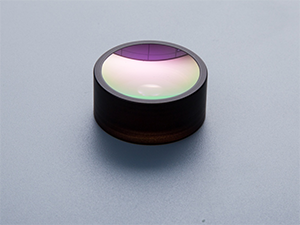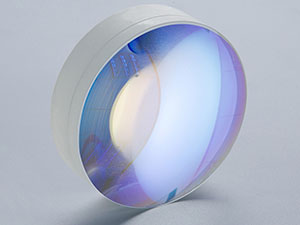Precision Plano-Concave and Double Concave Lenses
Product Description
A plano-concave lens has one flat surface and one inward curved surface, which causes light rays to diverge. These lenses are often used to correct the vision of people who are nearsighted (myopic), as they cause the light entering the eye to diverge before it reaches the lens, thus allowing it to focus on the retina properly.
Plano-concave lenses are also used in optical systems such as telescopes, microscopes, and other various instruments as image forming objectives and collimating lenses. They are also used in laser beam expanders and beam shaping applications.
Double concave lenses are similar to plano-concave lenses but have both surfaces curved inward, resulting in diverging light rays. They are used to spread and focus light in applications such as optical instruments, imaging systems, and illumination systems. They are also commonly used in beam expanders and beam shaping applications.
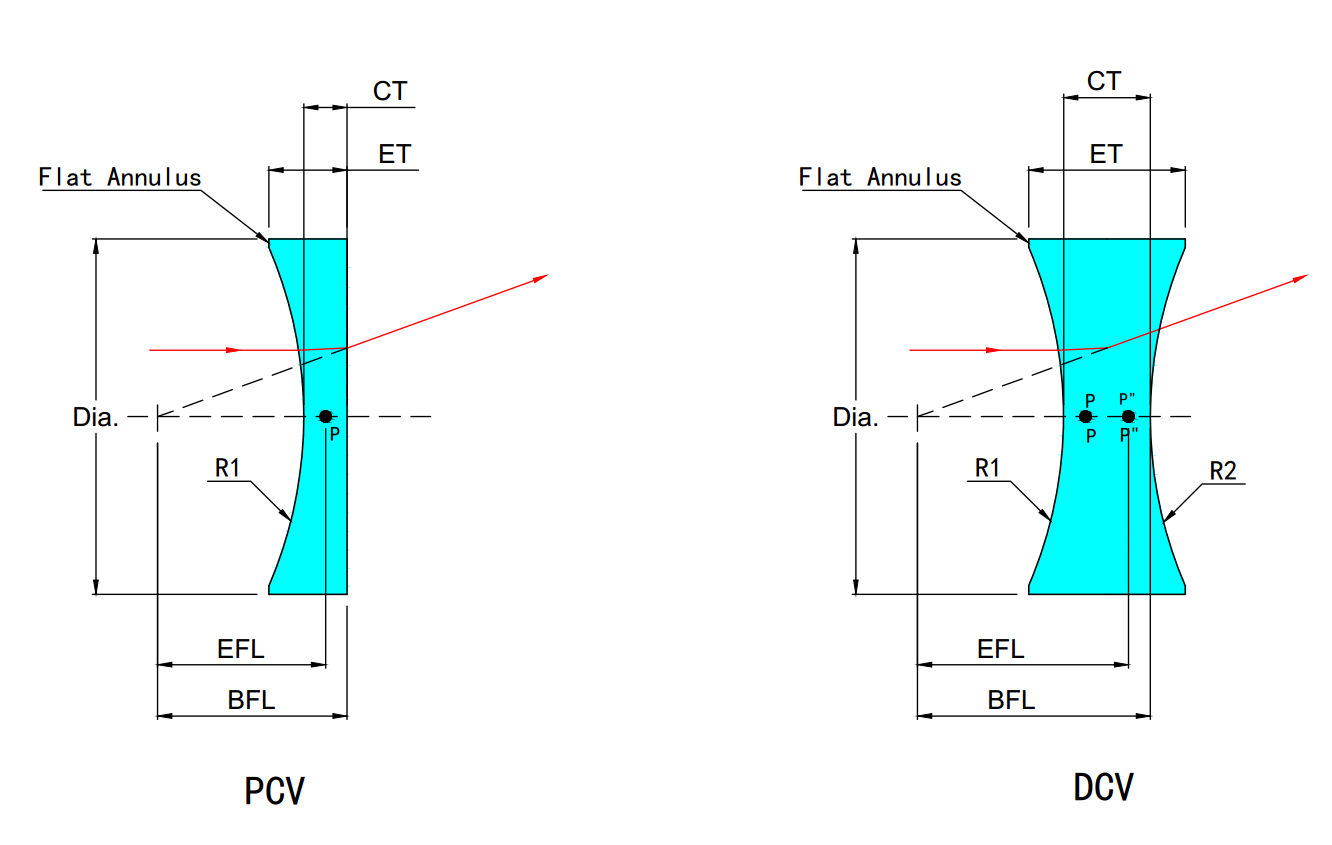
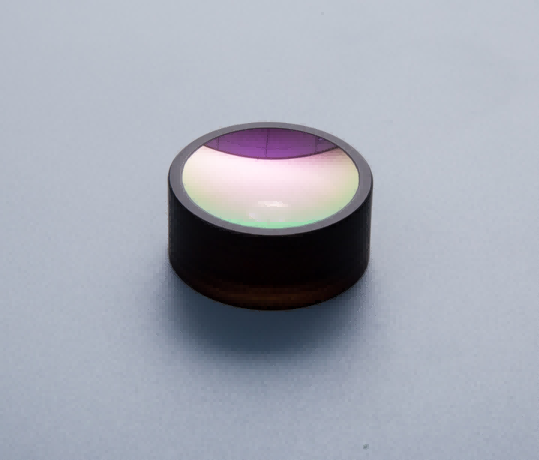
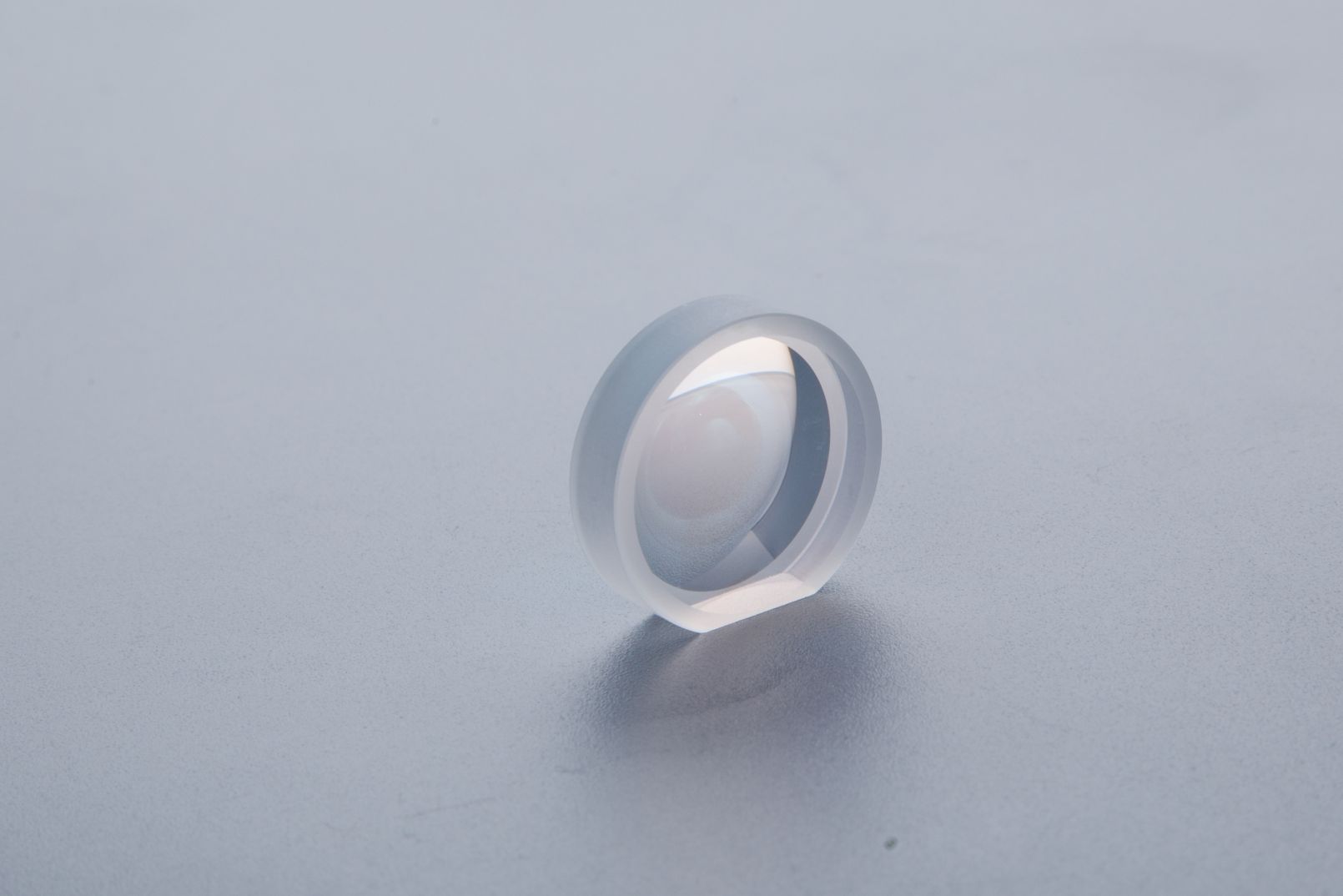
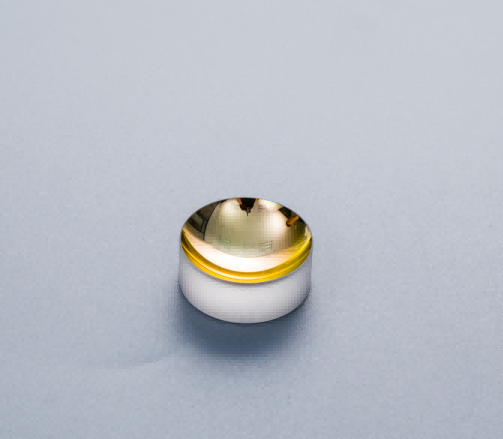
Precision plano-concave and Double-concave lenses are important components used in various optical devices. These lenses are known for their high precision, accuracy and quality. They are used in applications such as microscopy, laser technology and medical equipment. These lenses are designed to help improve image clarity, sharpness and focus.
Precision plano-concave lenses have a flat surface on one side and a concave surface on the other. This design helps diverge light and is used to correct or balance positive lenses in optical systems. They are often used in combination with other positive lenses in an imaging system to reduce the overall aberrations of the system.
Biconcave lenses, on the other hand, are concave on both sides and are also known as biconcave lenses. They are primarily used in imaging systems to amplify the light and reduce the overall magnification of the system. They are also used as beam expanders or reducers in optical systems where reduced beam diameters are required.
These lenses are manufactured using various materials such as glass, plastic and quartz. Glass lenses are the most commonly used precision plano-concave and bi-concave lens types. They are known for high-quality optics that ensure optimum image clarity.
At present, there are many different manufacturers producing high-quality Precision Plano-Concave and Double Concave Lenses. At Suzhou Jiujon Optics, the Precision Plano-Concave and Double Concave lenses are made from high-quality glass, which has excellent optical properties. The lenses are precisely ground to ensure that they meet strict quality standards, and they are available in a range of sizes to meet the needs of different applications.
Precision plano-concave and bi-concave lenses are important components used in a variety of applications, including microscopy, laser technology, and medical equipment. These lenses play a vital role in improving image clarity, clarity and focus and are manufactured using different materials such as glass and quartz. Known for their high precision, accuracy, and quality, they are ideal for applications requiring high-performance optics.
Specifications
| Substrate | CDGM / SCHOTT |
| Dimensional Tolerance | -0.05mm |
| Thickness Tolerance | ±0.05mm |
| Radius Tolerance | ±0.02mm |
| Surface Flatness | 1(0.5)@632.8nm |
| Surface Quality | 40/20 |
| Edges | Protective Bevel as Needed |
| Clear Aperture | 90% |
| Centering | <3’ |
| Coating | Rabs<0.5%@Design Wavelength |

